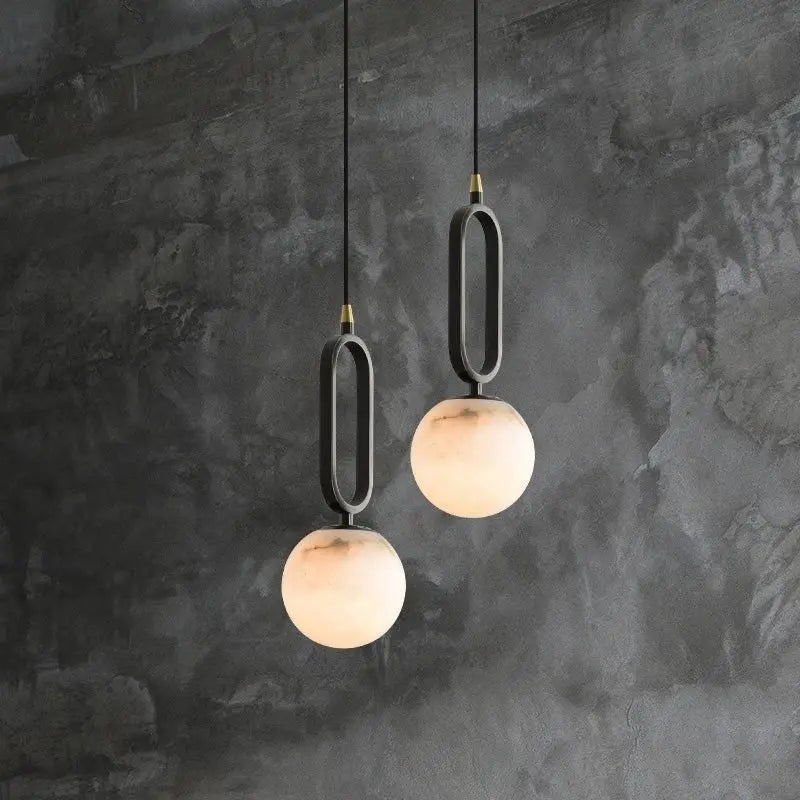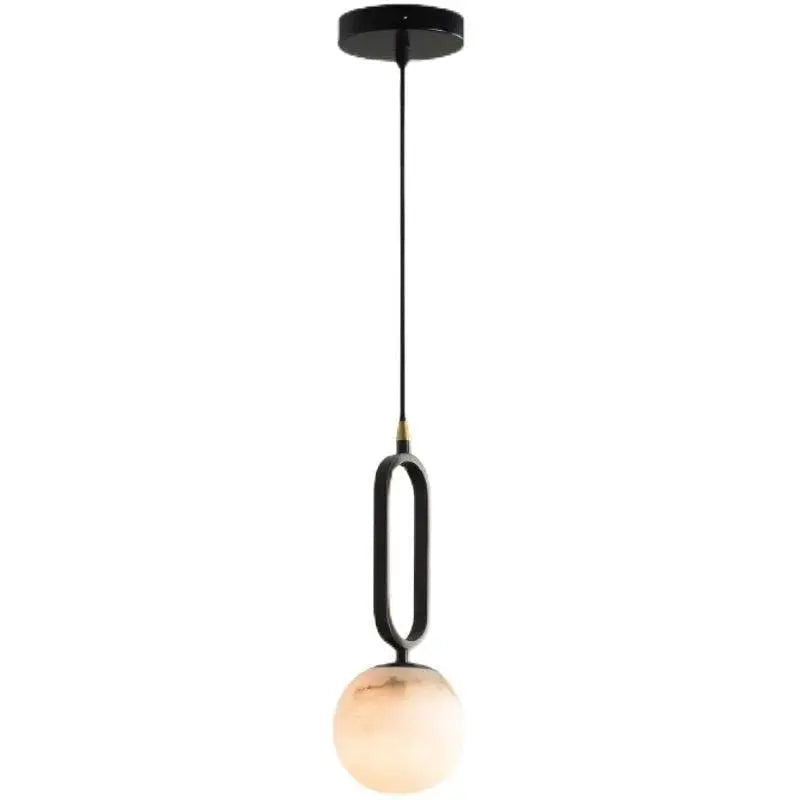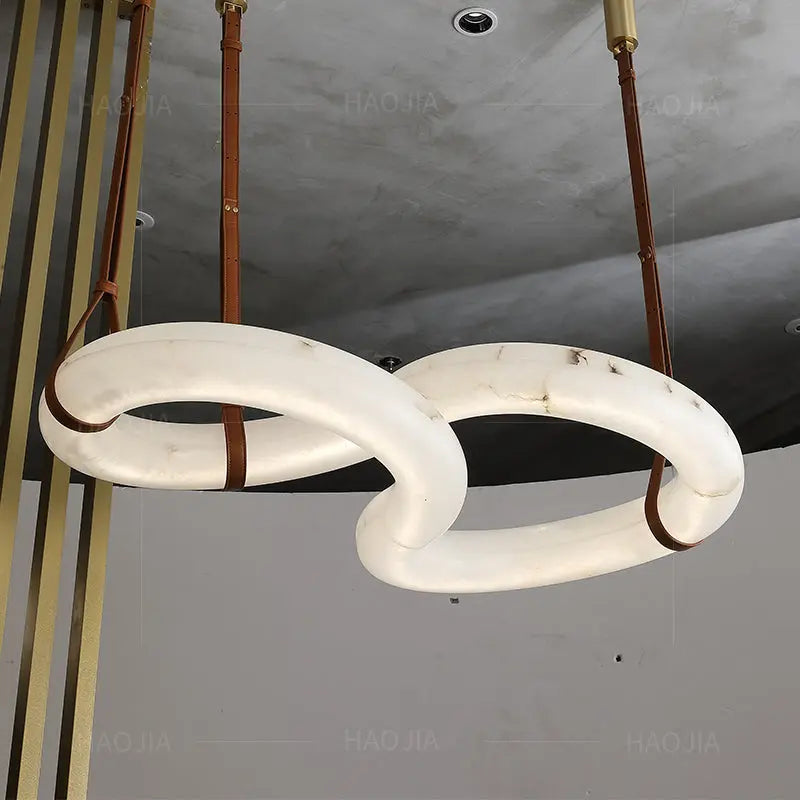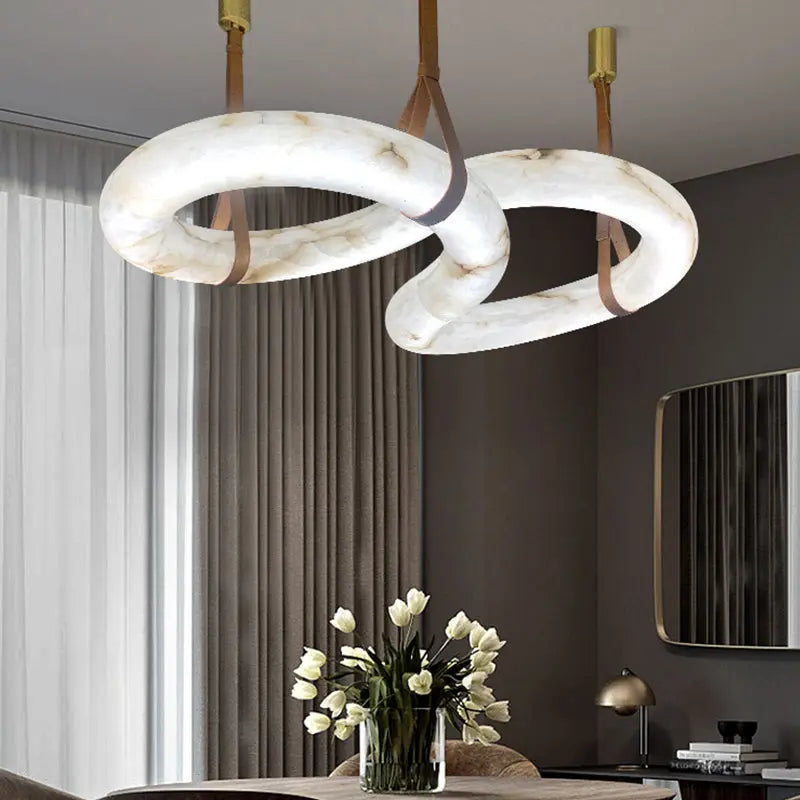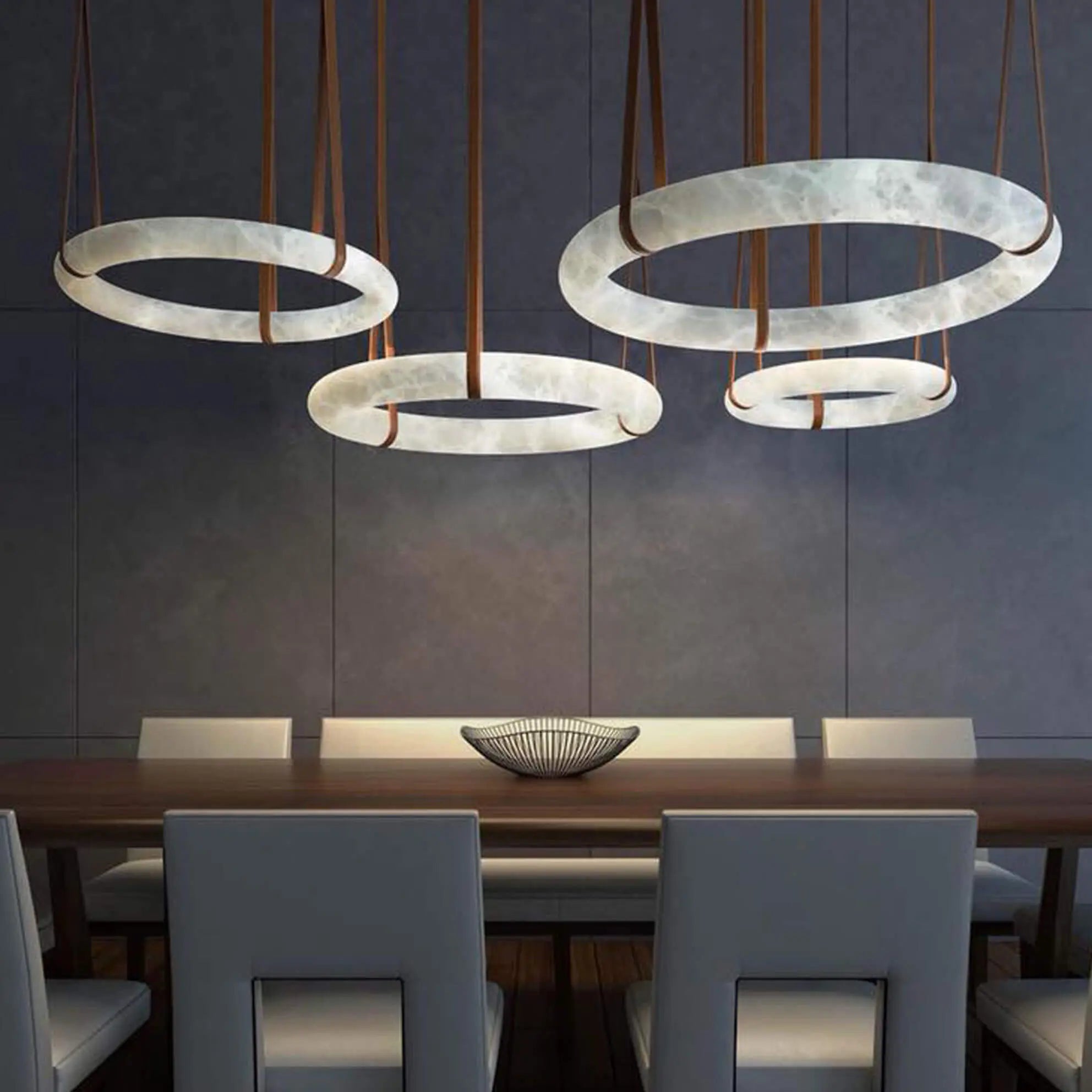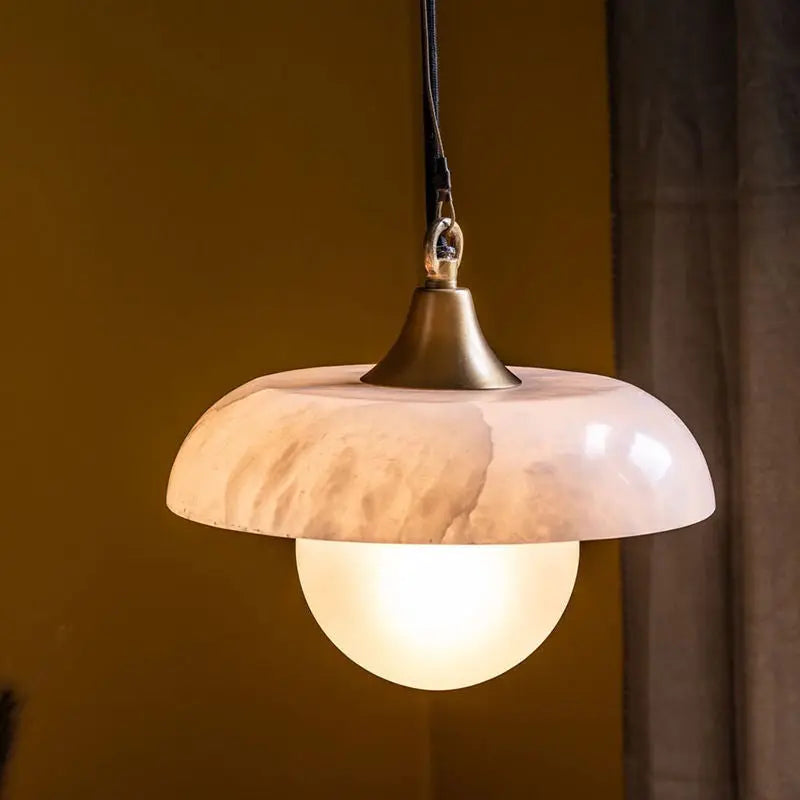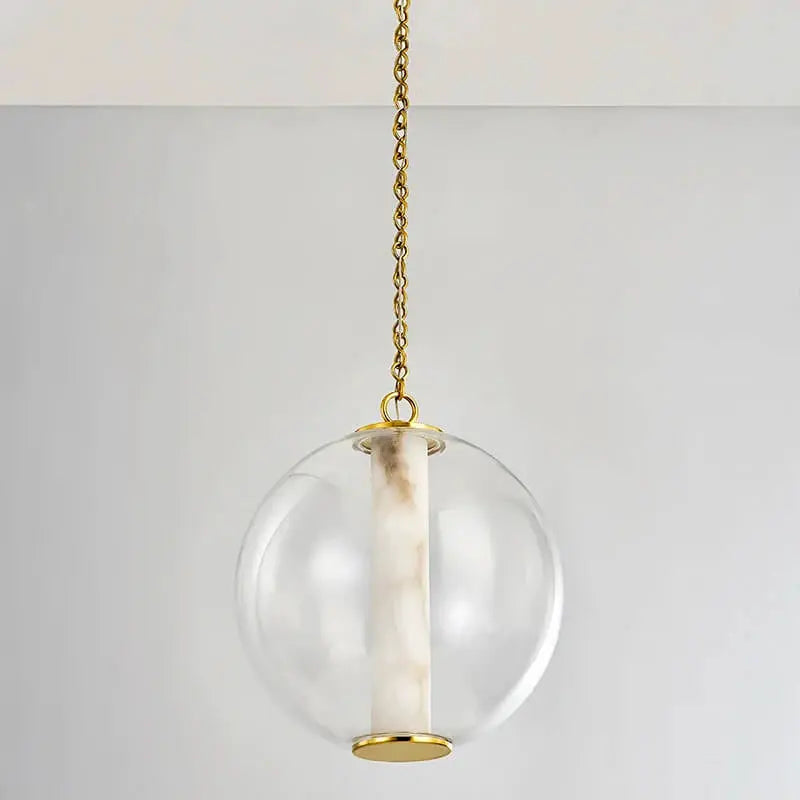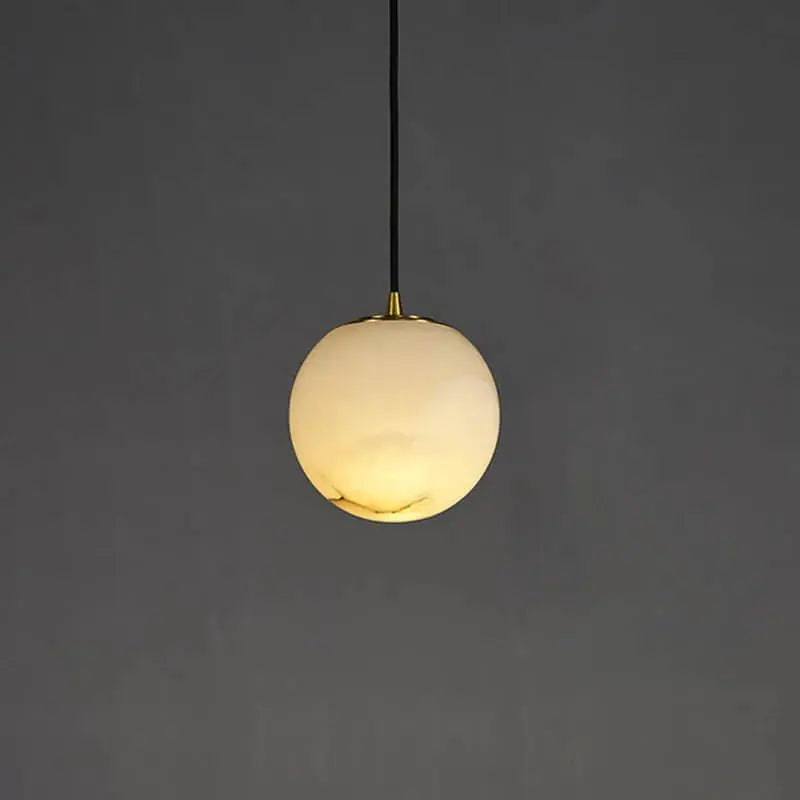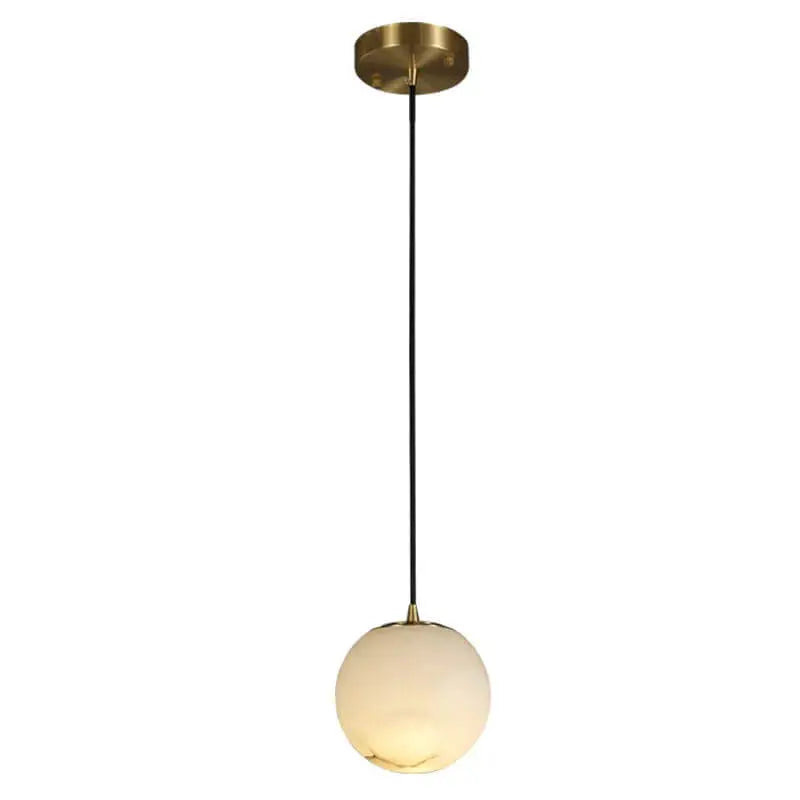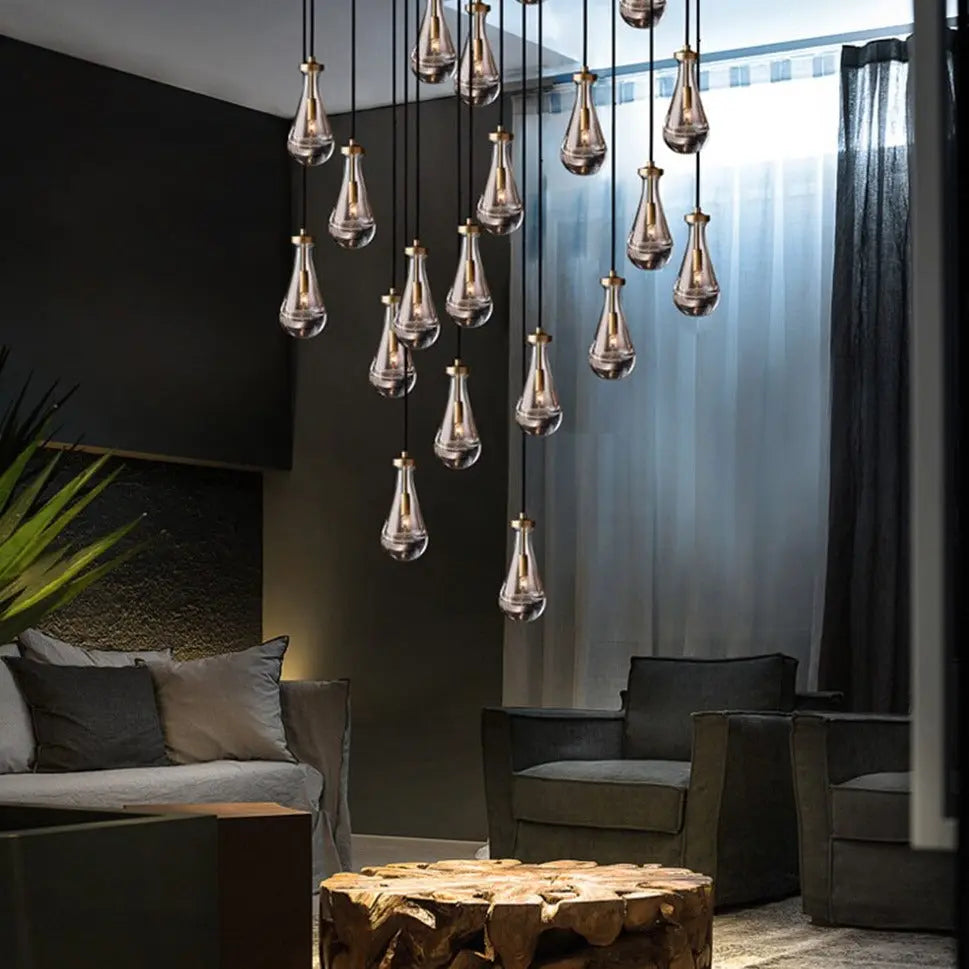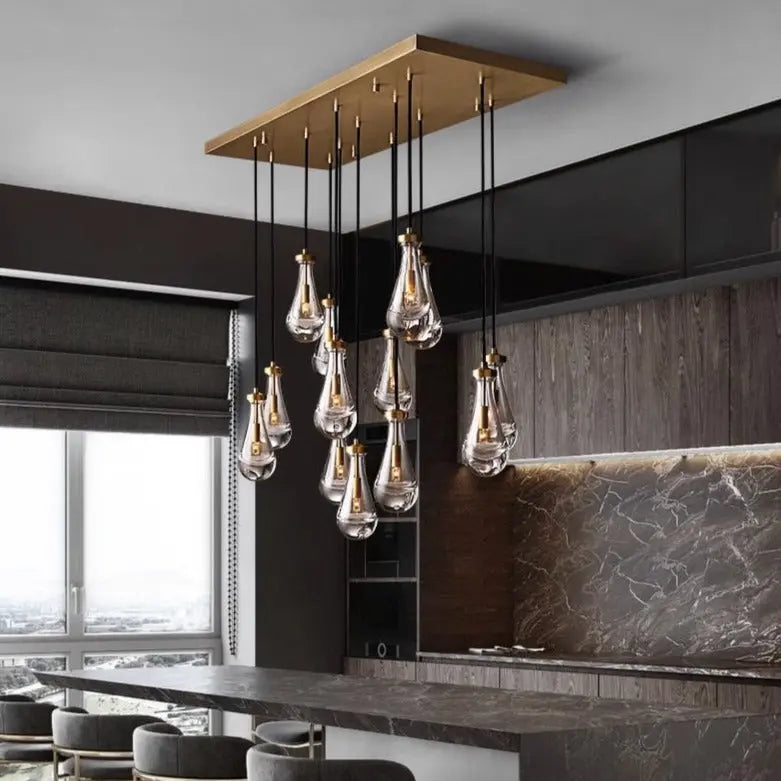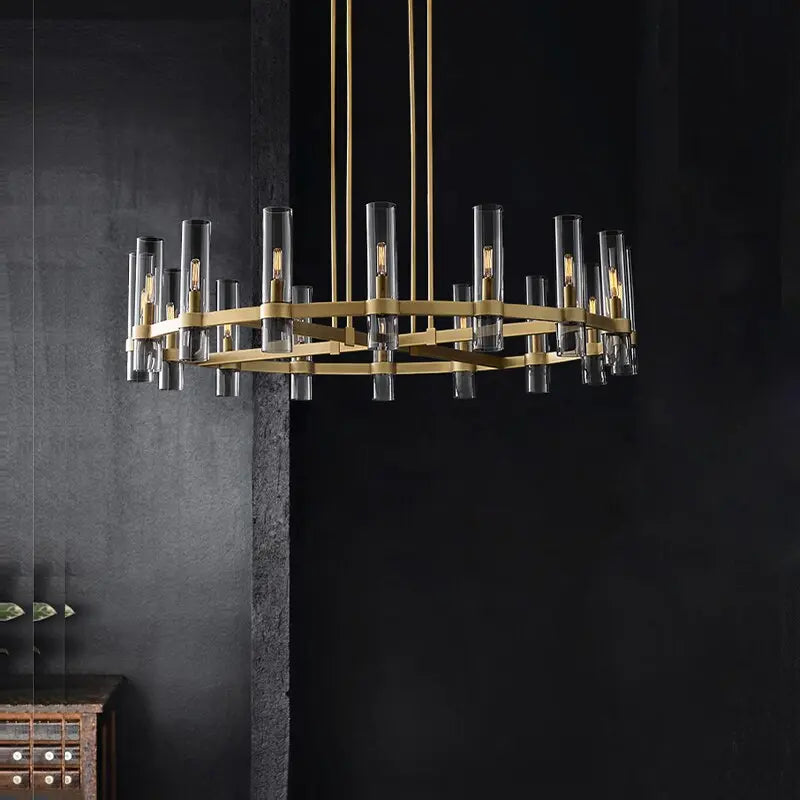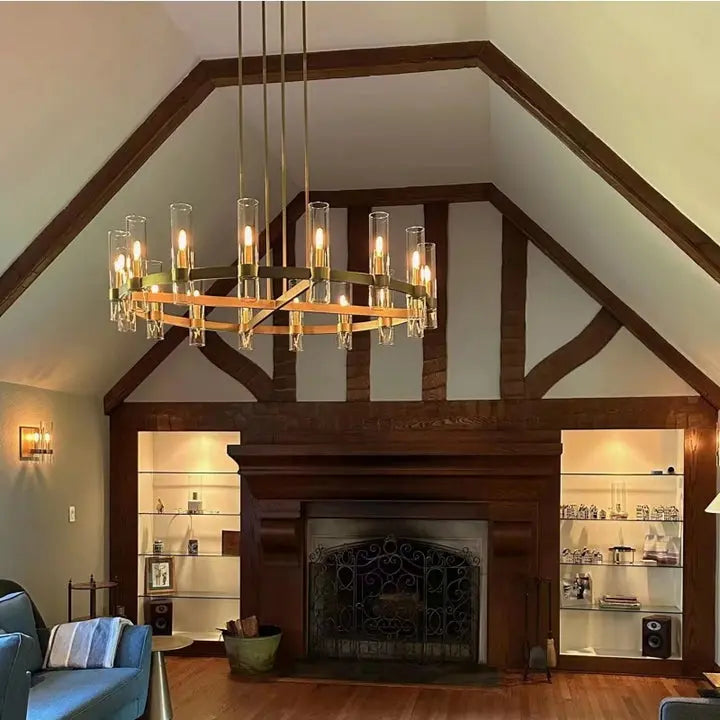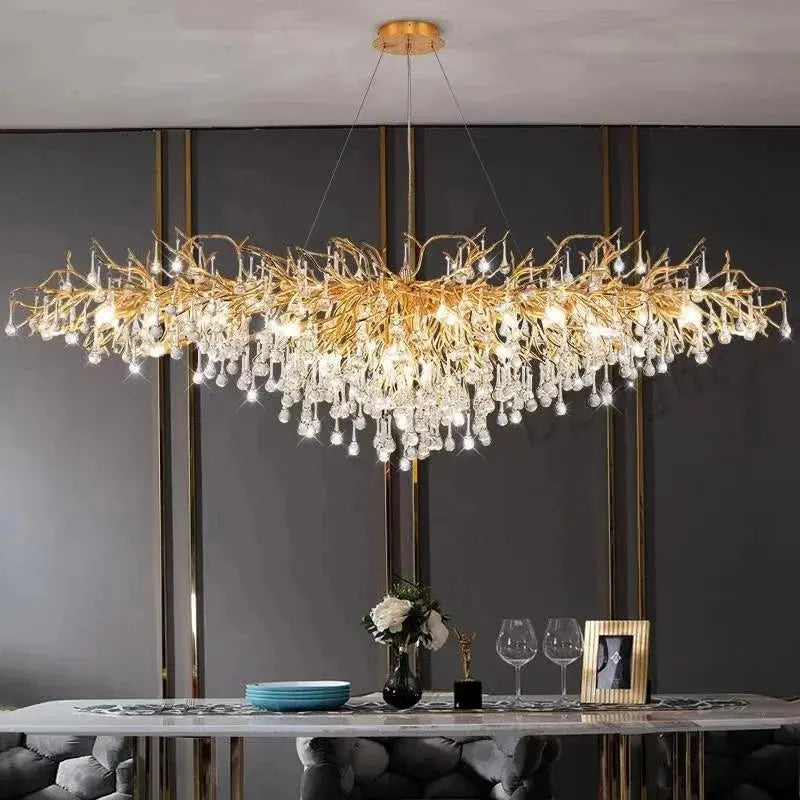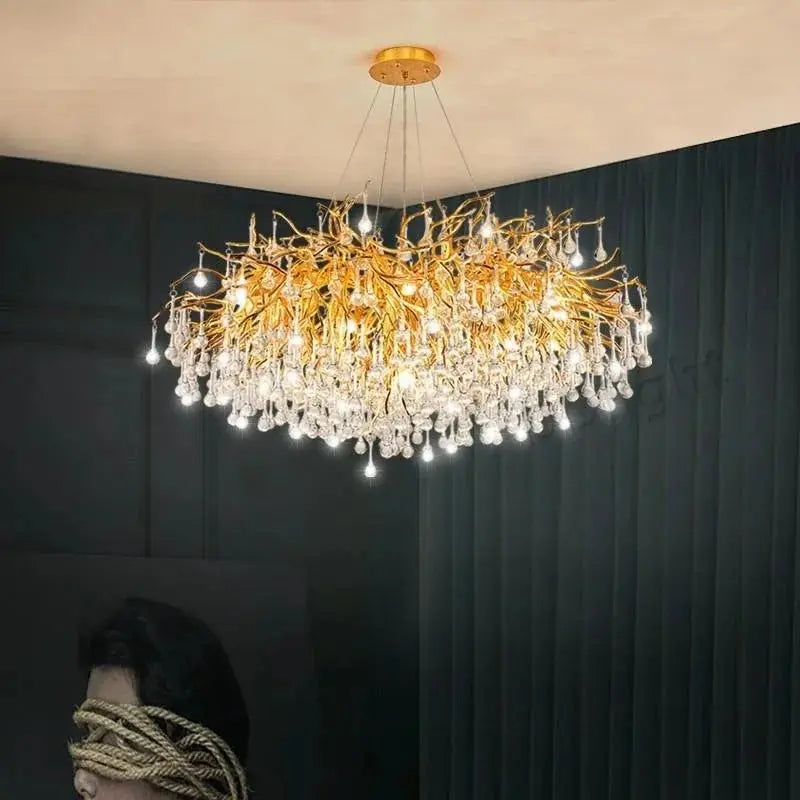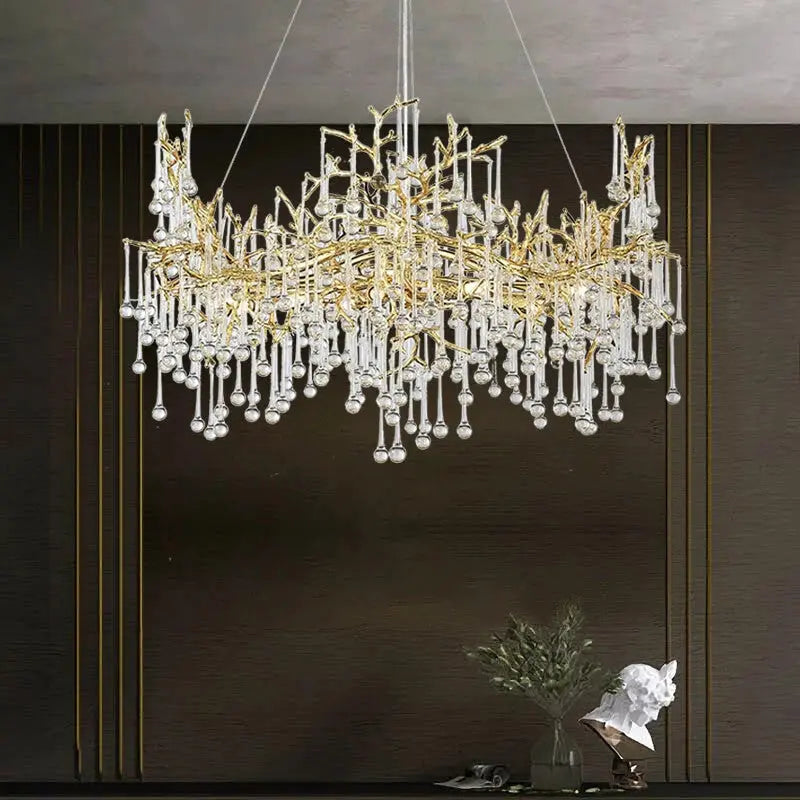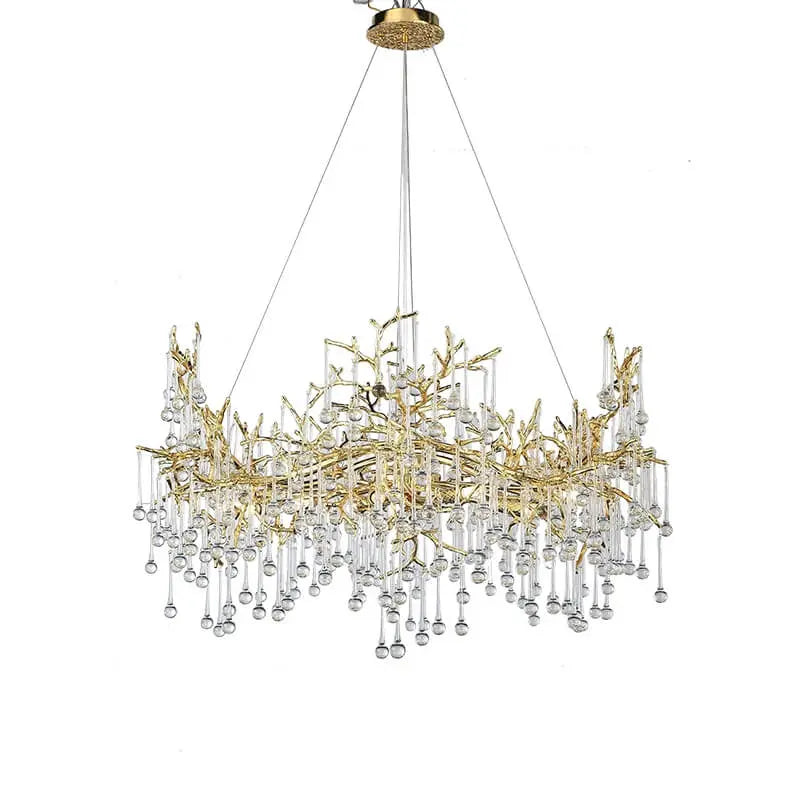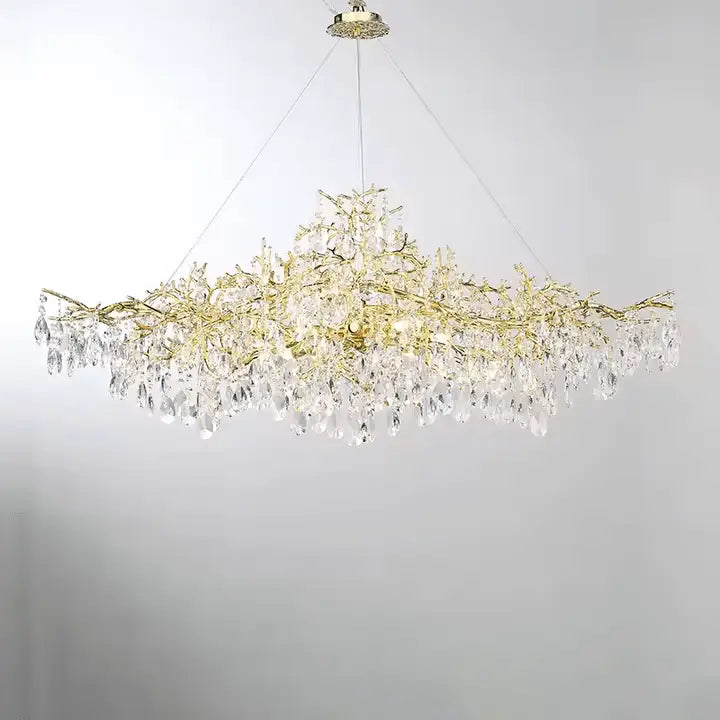Installing a chandelier can add a touch of elegance and sophistication to your home. However, the process can be tricky and requires a good understanding of electrical wiring and safety measures. Whether you're a DIY enthusiast or considering hiring a professional, knowing the essential steps and precautions can help ensure a successful installation. This article covers everything you need to know, from understanding the wiring to maintaining your chandelier.
Key Takeaways
- Always turn off the power at the circuit breaker before starting any electrical work.
- Follow the manufacturer's instructions carefully to avoid damaging your chandelier.
- Use the right tools and materials to ensure a secure and reliable installation.
- Regularly inspect and maintain your chandelier to keep it in good working condition.
- Consider hiring a professional if you're not comfortable with electrical work.
Understanding Chandelier Wiring
Identifying the Wires
Before you start, it's crucial to know which wire is which. Most chandeliers have three main wires: load (black), neutral (white), and ground. The load wire carries the current, the neutral wire completes the circuit, and the ground wire is for safety. If your chandelier wires aren't color-coded, look for ridges or bumps on the insulation to identify them.
Safety Precautions
Safety should always come first. Always turn off the power at the circuit breaker before you begin any electrical work. Use a voltage tester to ensure the power is off. Never work on live wires. Wear rubber-soled shoes and avoid wet areas to reduce the risk of electric shock.
Common Mistakes to Avoid
One common mistake is not matching the wires correctly. Always connect the load wire to the load, neutral to neutral, and ground to ground. Another mistake is not securing the wire connections properly. Use wire caps and electrical tape to keep connections secure. Lastly, don't forget to check the electrical requirements of your chandelier to avoid overloading the circuit.
Taking the time to understand the wiring basics can save you from damaging your new chandelier and ensure a safe installation.
Proper Order of Installation
Installing a chandelier can be a rewarding DIY project if done correctly. Following the proper order of installation is crucial to ensure both safety and functionality. Here are the steps to follow:
Following Manufacturer's Instructions
Always start by reading the manufacturer's instructions. Skipping steps or going out of order can lead to problems, especially with delicate fixtures like crystal chandeliers. For example, attaching crystals before installing the fixture can make it too heavy and fragile to handle.
Pre-Installation Checklist
Before you begin, make sure you have all the necessary tools and materials:
- Ladder
- Screwdriver
- Wire nuts
- Voltage tester
- Electrical wire stripper
Also, ensure the power is turned off at the breaker box to avoid any electrical hazards.
Attaching Crystals Correctly
When it comes to crystal chandeliers, the crystals should be the last thing you attach. Install the fixture first, then carefully hang the crystals. This will prevent any damage to the delicate pieces and make the installation process much easier.
Proper planning and following the correct order can save you from a lot of headaches and potential damage to your chandelier.
Proper Hanging Procedures
Using the Right Support
When hanging a chandelier, it's crucial to use the right support. Chandeliers are designed to hang from their chains, not the wires. The wires are not meant to bear the weight of the fixture. Using the wrong support can lead to damage to the chandelier's internal wiring and even potential harm to your home.
Securing the Fixture
To secure the fixture, start by installing the mounting bracket that comes with your chandelier onto the electrical box in the ceiling. Ensure the electrical box is sturdy enough to support the chandelier's weight. If you're unsure, consider installing a new box rated for heavier fixtures. Once the bracket is secure, connect the chandelier’s wires to your home’s electrical wiring, typically matching the colors (black to black, white to white) and securing them with wire nuts.
Avoiding Wire Strain
Avoiding wire strain is essential for the longevity of your chandelier. Make sure the chandelier hangs from its chain and not the wires. This prevents stretching and potential damage to the wiring. Adjust the chain to your desired drop height before wiring. This step is especially important for heavy fixtures like alabaster chandeliers, which can be quite heavy and require extra care during installation.
Always refer to the specific instructions provided with your chandelier for the best results. If you’re unsure about any part of the process, don’t hesitate to hire a professional electrician to ensure a safe and secure installation.
Safety Tips for DIY Chandelier Wiring
Wiring a chandelier yourself can save money, but it's important to follow safety tips to avoid risks. Always turn off the power before starting any electrical work. Use a voltage tester to ensure no electricity is flowing through the wires. Proper grounding techniques are essential to prevent electrical shocks.
Before you start, make sure to turn off the power at the circuit breaker. This step is crucial to avoid any accidental shocks. Double-check that the power is off by using a voltage tester on the wires.
A voltage tester is a handy tool to confirm that no electricity is running through the wires. Simply touch the tester to the wires to ensure they are safe to handle.
Grounding your chandelier is important for safety. Connect the ground wire from the chandelier to the ground wire in the ceiling. This helps prevent electrical shocks and ensures your chandelier is safely installed.
Remember, working with electricity can be dangerous. If you're unsure about any step, it's best to consult a professional.
Maintaining Your Chandelier's Wiring
Regular Inspections
Regular inspections are crucial to ensure your chandelier remains in good working condition. Check for any signs of wear or damage to the wires, such as fraying or exposed copper. If you notice any issues, it's important to address them immediately to prevent potential hazards.
Cleaning Tips
Keeping your chandelier clean not only enhances its appearance but also helps maintain its wiring. Dust and debris can accumulate on the wires and connections, leading to potential problems. Use a soft cloth to gently wipe down the chandelier and avoid using harsh chemicals that could damage the wiring.
Upgrading Wiring
If your chandelier is older, it might be time to consider upgrading the wiring. Modern wiring is more efficient and safer, reducing the risk of electrical issues. Consult a professional to ensure the upgrade is done correctly and safely.
Regular maintenance and timely upgrades can extend the life of your chandelier and keep your home safe.
By following these simple steps, you can keep your chandelier shining brightly and safely for years to come.
Troubleshooting Common Wiring Issues
Identifying Problems
When your chandelier isn't working, the first step is to identify the problem. Check if the power supply is off by turning the light switch on and off. Use an electricity tester to ensure there's no power flow in the wires. Once confirmed, inspect the wires in the electrical box. Familiarize yourself with the ground, hot, and neutral wires, each having a different color.
Fixing Loose Connections
Loose connections are a common issue. To fix them, first, turn off the power at the main circuit panel. Then, expose the bare wire and check for any worn-out wires. If you find any, replace them by locating the connection junctions, cutting off the old wires, and attaching new ones. Make sure all connections are tight and secure.
When to Call a Professional
If you encounter complex wiring issues or feel unsure about any step, it might be best to call a professional. Hiring an electrician ensures safety and compliance with electrical codes. Professionals have the expertise and tools to handle intricate problems, giving you peace of mind.
Regular maintenance and inspections can prevent many common wiring issues. Always prioritize safety and don't hesitate to seek professional help when needed.
Having trouble with your wiring? Don't worry, you're not alone. Many people face common wiring issues that can be easily fixed with the right guidance. For step-by-step solutions and expert tips, visit our website. You'll find everything you need to get your electrical systems running smoothly again.
Conclusion
Installing a chandelier can truly transform any room in your home, adding both elegance and functionality. However, it's important to remember that proper installation is key to ensuring both the beauty and safety of your fixture. Whether you decide to tackle the project yourself or hire a professional, understanding the basics of wiring and following the manufacturer's instructions are crucial steps. Regular maintenance and timely upgrades can also extend the life of your chandelier. By taking these precautions, you can enjoy a stunning and safe centerpiece in your home for years to come.
Frequently Asked Questions
Do I need an electrician to install a chandelier?
While you can install a chandelier yourself, hiring an electrician ensures the job is done safely and correctly. If you're not comfortable with electrical work, it's best to call a professional.
What tools do I need to wire a chandelier?
You'll need a screwdriver, wire strippers, a voltage tester, electrical tape, and a ladder. These tools will help you safely and effectively wire your chandelier.
How do I identify the wires on my chandelier?
Most chandeliers have three main wires: load (black), neutral (white), and ground. If the wires aren't color-coded, look for ridges or bumps on the insulation to identify them.
What are some common mistakes to avoid when installing a chandelier?
Common mistakes include not matching the wires correctly, not securing the wire connections properly, and not following the manufacturer's instructions. Always double-check your work to avoid these errors.
How can I ensure my chandelier is securely hung?
Use the right support, such as a sturdy electrical box designed for heavy fixtures. Make sure to follow the manufacturer's instructions and double-check that all screws and connections are tight.
When should I call a professional for chandelier wiring issues?
If you can't identify the problem or if fixing it seems too difficult, it's best to hire a professional. They have the expertise to ensure the job is done safely and correctly.




